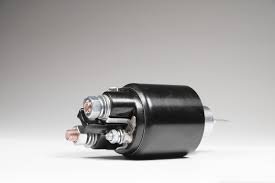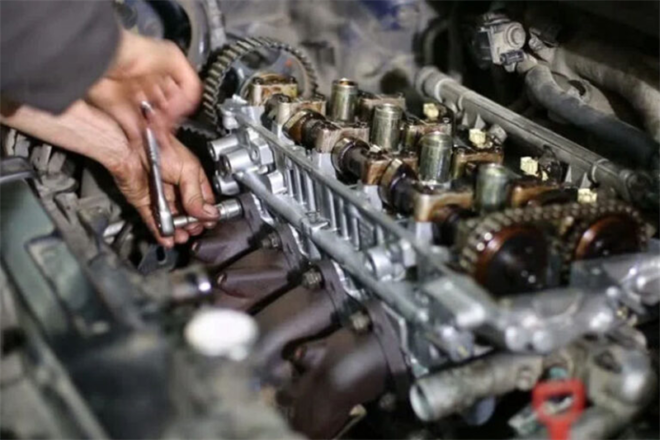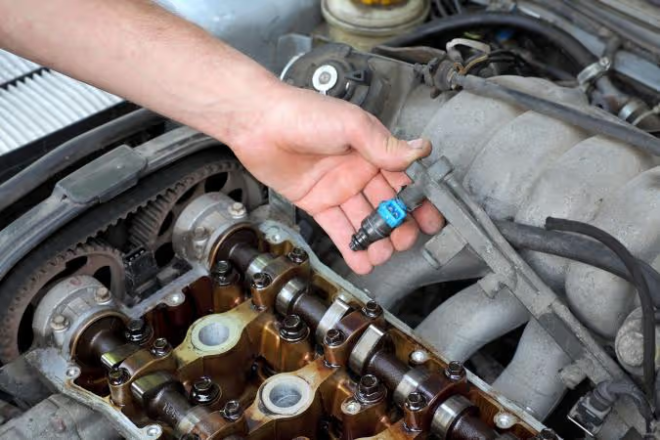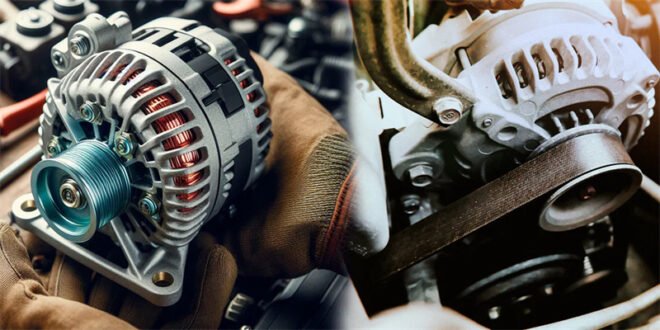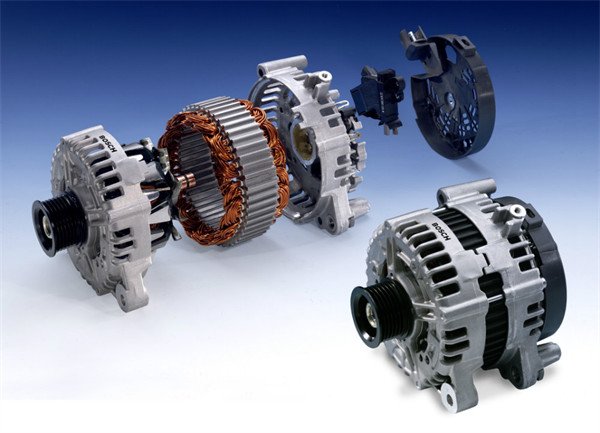What is a Starter Solenoid?
A starter solenoid is an electrical switch located near the starter motor. Its primary job is to engage the starter motor when you turn the ignition key, allowing the engine to start. The solenoid acts as a bridge between the battery and the starter motor, sending an electrical current from the battery to the starter motor, which then turns the engine over.
Typically, the starter solenoid is mounted directly on the starter motor or located near it. It’s activated by the ignition switch, which sends an electrical signal to the solenoid. The solenoid then activates the starter motor, engaging it with the flywheel, allowing the engine to turn over and start.
How Does the Starter Solenoid Work?
The process of starting an engine is a coordinated effort between multiple components, with the starter solenoid playing a key role. Here’s a step-by-step breakdown of how the starter solenoid works:
- Ignition Signal
When you turn the key in the ignition, it sends an electrical signal to the starter solenoid. This electrical current comes from the battery. - Solenoid Activation
The electrical signal energizes the solenoid, which contains an electromagnet. This magnet pulls a plunger or lever inside the solenoid, which in turn connects the electrical contacts that send power to the starter motor. - Engaging the Starter Motor
The starter solenoid then directs power from the battery to the starter motor, causing the motor to turn. The starter motor, which is connected to the flywheel of the engine, turns the engine over, which initiates the combustion process and gets the engine running. - Disengagement
Once the engine starts, the electrical signal to the solenoid is cut off. The plunger inside the solenoid returns to its original position, disengaging the starter motor from the flywheel and stopping the engine from cranking.
In essence, the starter solenoid acts as a switch that sends power to the starter motor only when needed, ensuring that the motor doesn’t run continuously and that the engine starts efficiently.
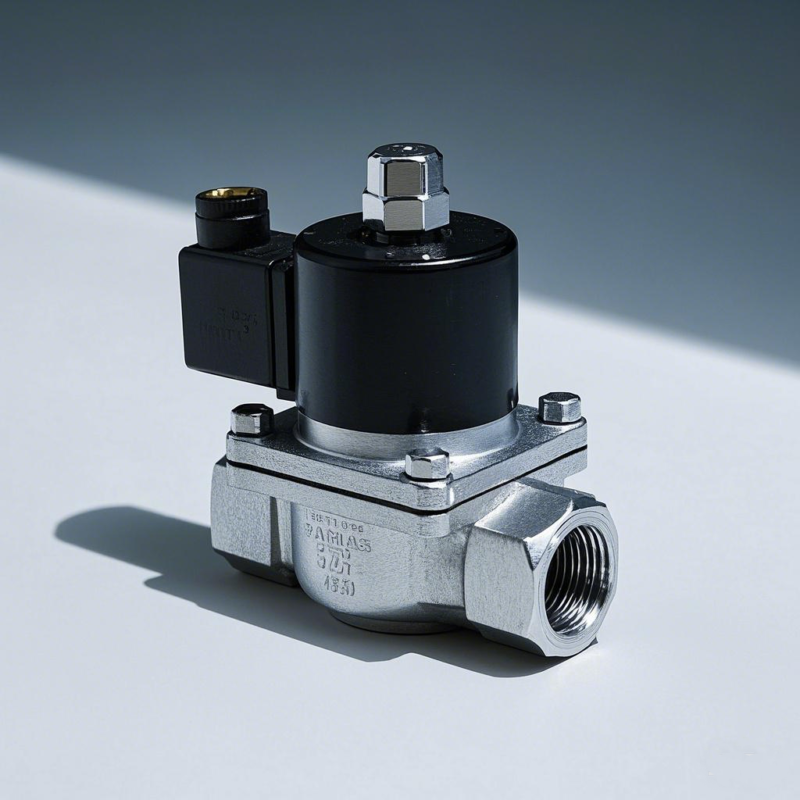
Why is the Starter Solenoid Important?
The starter solenoid plays an essential role in starting your car, and without it, the entire starting process would be compromised. Here’s why it’s so crucial:
- Ensures Smooth Engine Starting
The starter solenoid is responsible for ensuring the starter motor is only engaged when it’s supposed to be. If the solenoid fails, the starter motor may not get the power it needs, preventing the engine from starting. Additionally, the solenoid ensures that the starter motor doesn’t keep running after the engine is started, preventing unnecessary wear and tear on the motor. - Prevents Electrical Overload
The starter solenoid helps protect the electrical system by acting as a switch between the battery and the starter motor. By only engaging the starter motor when necessary, it prevents the battery from being drained unnecessarily and protects the electrical circuits from potential overload. - Reliability of the Starting System
A properly functioning starter solenoid is a key factor in ensuring the reliability of your vehicle’s starting system. Without it, even if the starter motor is in good working condition, your car may fail to start because it won’t receive the necessary electrical current.
Common Signs of a Faulty Starter Solenoid
Like any other component, the starter solenoid can wear out over time. Recognizing the signs of a failing solenoid early can help you avoid being stranded with a car that won’t start. Here are some common symptoms of a faulty starter solenoid:
- Clicking Noise When Turning the Key
One of the most common signs of a faulty starter solenoid is a clicking noise when you try to start the engine. This clicking sound occurs when the solenoid is trying to engage the starter motor but is unable to provide enough power to the motor. It’s often a sign that the solenoid is failing and needs to be replaced. - Engine Doesn’t Start
If you turn the key and the engine doesn’t start at all, it could be due to a malfunctioning starter solenoid. A faulty solenoid may fail to send power to the starter motor, meaning the engine won’t turn over and start. This is often a sign that the solenoid is either defective or the contacts inside are corroded or worn out. - Starter Motor Continues Running After the Engine Starts
If you notice that the starter motor keeps running even after the engine has started, it could be a sign that the starter solenoid is not disengaging the motor properly. This can lead to unnecessary strain on the starter motor and could cause it to burn out over time. - Intermittent Starting Issues
If your car sometimes starts without any issue but other times won’t start at all, it could be due to a faulty starter solenoid. In this case, the solenoid may be failing to consistently engage the starter motor, leading to intermittent starting problems.
How to Test the Starter Solenoid
If you suspect your starter solenoid is malfunctioning, you can perform a few tests to confirm the issue. Here are some ways to test the starter solenoid:
- Check the Battery
Before testing the solenoid itself, ensure that the battery is fully charged and in good condition. A weak or dead battery can also cause starting issues, so it’s important to rule that out first. - Tap the Solenoid
Sometimes, the solenoid can get stuck, and tapping it gently with a hammer can help free it up. If the solenoid starts working after being tapped, it may need to be replaced soon. - Bypass the Solenoid
You can bypass the solenoid temporarily by connecting the terminals of the solenoid directly to the battery. If the starter motor turns over when you do this, it indicates that the solenoid is likely the problem. - Test the Solenoid with a Multimeter
A multimeter can be used to test the electrical connections at the solenoid. Check for voltage at the solenoid’s terminals when you try to start the car. If there’s no voltage, the solenoid may be faulty.
Replacing a Faulty Starter Solenoid
If you determine that the starter solenoid is faulty, it’s important to replace it promptly to avoid further damage to the starter motor. Replacing the solenoid can often be done by following these steps:
- Disconnect the battery to prevent electrical shock or damage.
- Locate the starter solenoid near the starter motor.
- Remove any bolts or screws holding the solenoid in place.
- Disconnect the electrical wires from the solenoid.
In many cases, replacing the starter solenoid can solve the starting issues and restore your vehicle’s reliability.
The Vital Role of the Starter Solenoid
The starter solenoid plays a critical role in the process of starting your car. It is responsible for engaging the starter motor and powering your engine, ensuring that all the electrical systems in your vehicle function properly. A faulty solenoid can lead to a variety of starting issues, from clicking noises to complete engine failure. By understanding the function of the starter solenoid and recognizing the signs of failure, you can take action to prevent starting problems and keep your car running smoothly.

